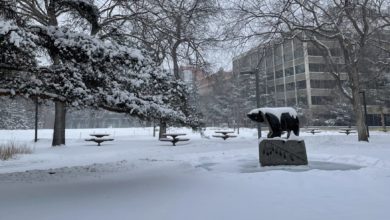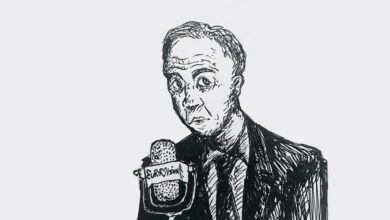‘Birds & Beasts’ exhibit displays rank badges from the Qing dynasty
The 'Birds & Beasts' exhibit showcases the intricate design and meaning behind the rank badges that civil and military officials wore during the Qing dynasty.
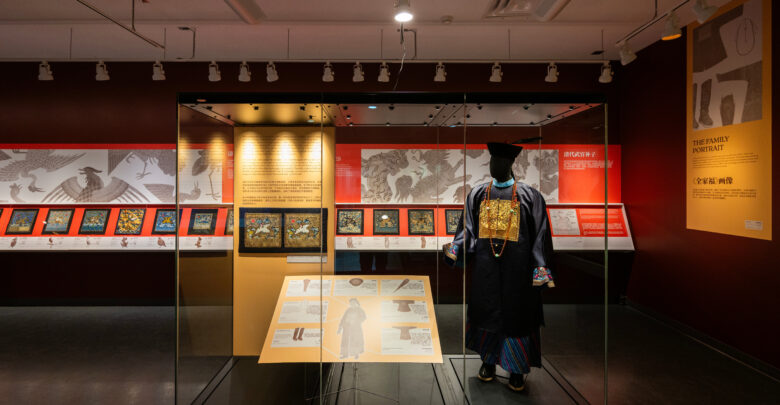 JOHN ULAN
JOHN ULANWalking into the newest exhibition from the University of Alberta Museum, you’d think you walked into the time period of the Qing dynasty in China. Red walls covered in intricately detailed tapestries, life-sized uniforms, and audio enhancements all make this exhibit come to life. Birds & Beasts: Wearing Honour and Order in the Qing Dynasty houses objects from the Mactaggart Art Collection. The exhibit is compiled by curator Isabel (Pi-fen) Chueh.
Birds & Beasts mainly focuses on the rank badges that civil and military officers would have worn during the Qing dynasty in China from 1644–1911. Each badge resembled a different rank, according to Chueh.
“The rank badge system formed in the Ming dynasty [in] about the 14th century, [it shows] the degrees and regulations for the different motifs applied for different civil or military officers. To show the social status and their position.”
Bird motifs used on rank badges of civil officers
For civil officers in the Qing dynasty there were nine ranks. Each rank was represented by a different bird. Officers would usually start at the ninth rank and work their way up. Although, Chueh emphasized that not all officers had to start at the ninth rank. As well, by passing examinations one could move up the ranks.
The type of birds shown on the badge from the first to ninth rank are: crane, golden pheasant, peacock, wild goose, silver pheasant, egret, mandarin duck, quail, and paradise flycatcher.

“[There were] selective birds they used for different ranks. For example, the crane is a very auspicious symbol in Chinese culture. It means longevity, immortality, and wisdom. They put this bird with a red crown to be the motif for the first rank,” Chueh explained.
Each badge has a labyrinthine array of colours — red, blue, gold, green, white, and more. Along with the bird as the central image, there are other natural elements such as ocean waves and puffy clouds.
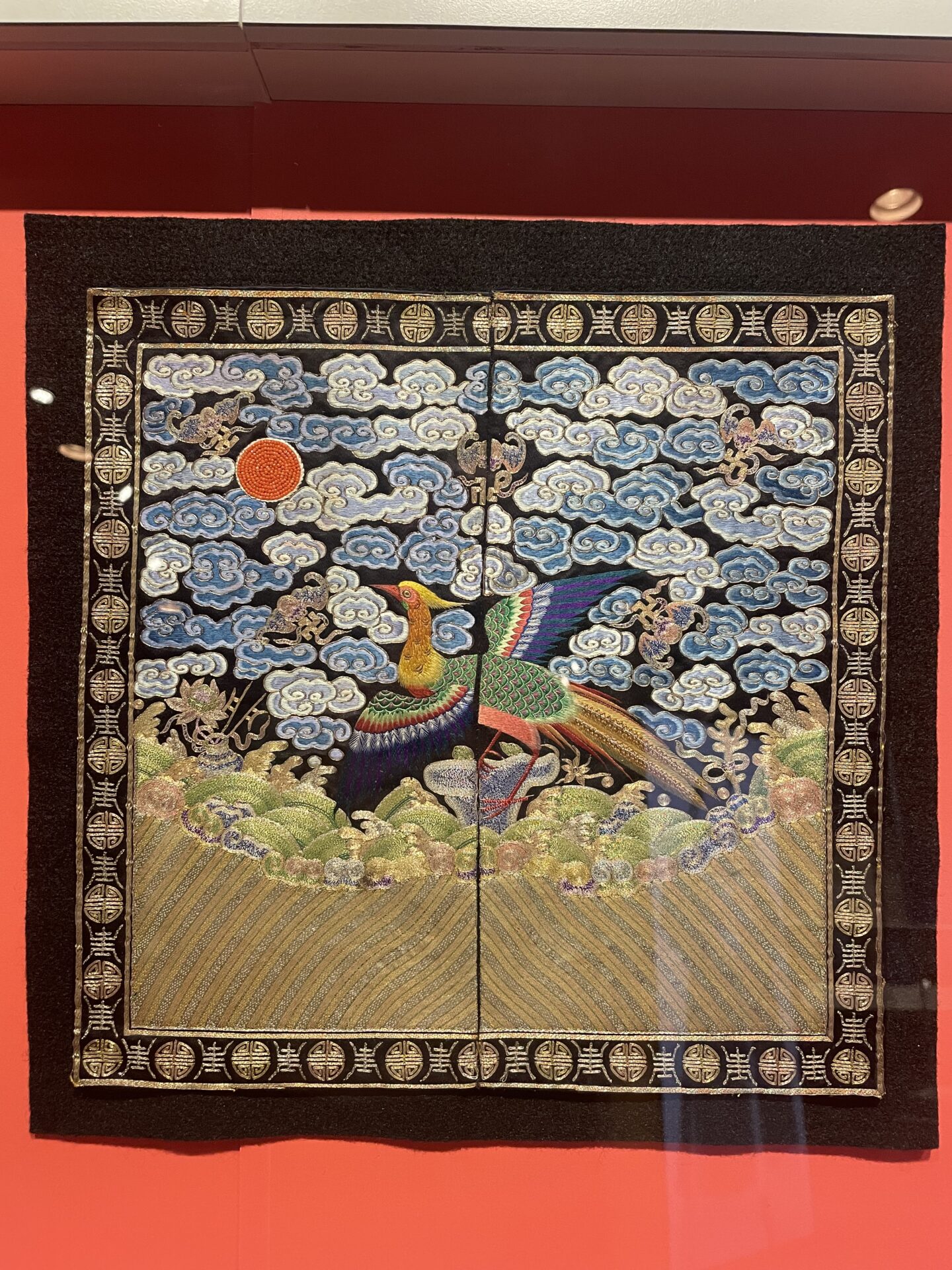
“Those civil officers, they used birds to represent because maybe in Chinese culture they think birds have a good quality [and] good virtue.”
Military officers distinguished by beast motifs
Military officers in the Qing dynasty also had images on their badges to determine rank. However, there were beasts displayed on the badges instead of birds. Chueh explained that the difference between the two were that civil officers often did administration work, whereas military officers “would become generals or soldiers.”

Like the civil officers, there were nine ranks for military officers. From first to ninth rank there was the qilin (mythical), lion, leopard, tiger, bear, panther, rhinoceros, and sea horse. The rhinoceros functioned as the motif for both the seventh and eighth rank. As well, the sea horse is a more literal depiction of a horse gliding over the sea, rather than the typical aquatic animal that comes to mind.
Unlike the civil officers, where there are extant badges from every rank, for the seventh, eighth, and ninth rank badges for military officers, the Mactaggart collection does not have any. This is because of how rare they are in circulation. Chueh explained that there is not many of these rank badges extant, since officers might not have been able to afford their badges due to their low salaries.
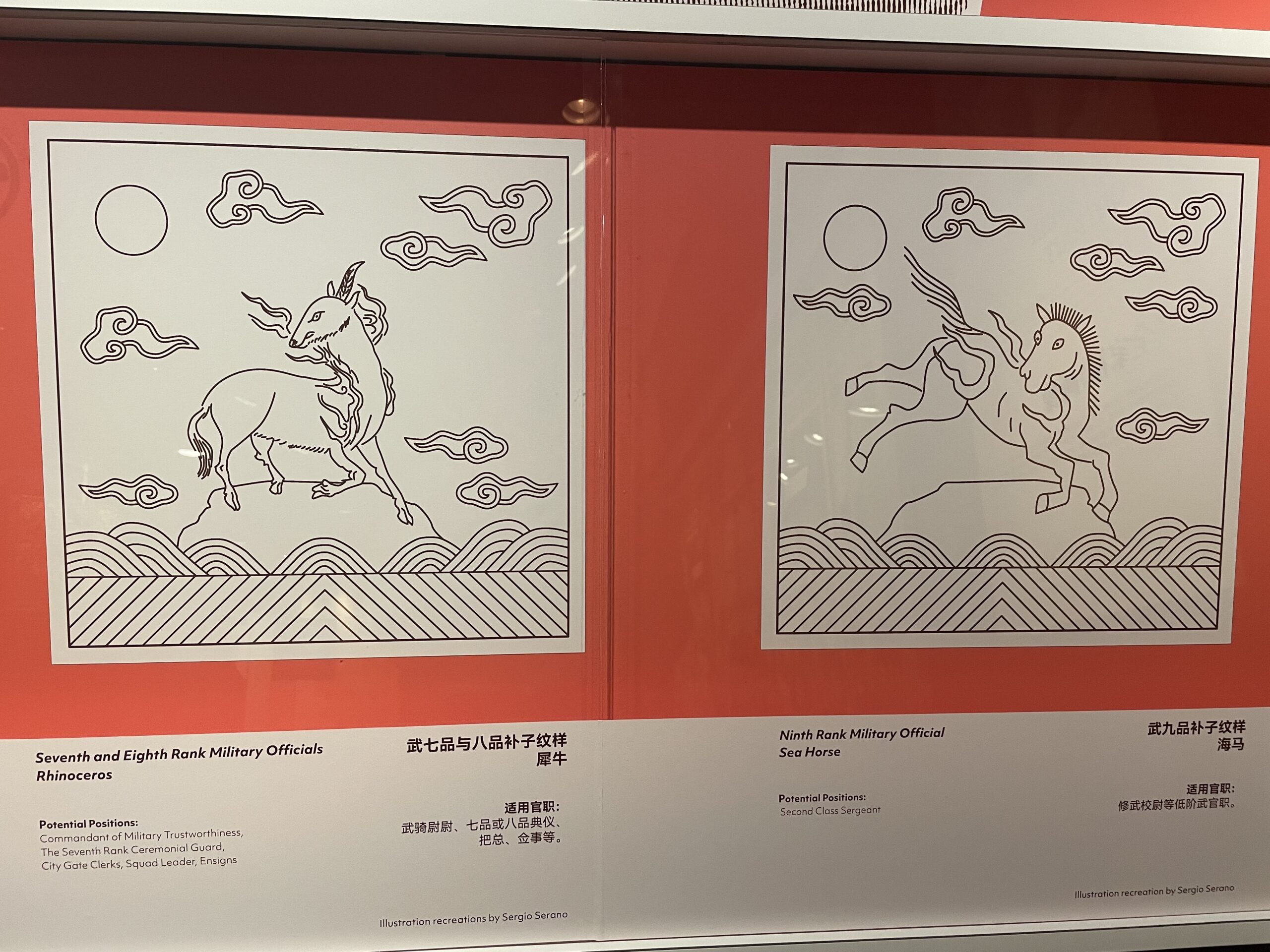
“Most of them they had to buy their costumes. It can really cost [a lot]. More than one year’s salary,” Chueh said. Additionally, she explained that these badges were “really rare. And for those soldiers, maybe they died in the battle or something. So [there are] very few, the rank badges of those low ranks [have] not remained nowadays.”
Another interesting aspect of the exhibit was the painting depicting what the rank badges would have looked like on the officers’ uniforms. The officers’ wives would wear rank badges that “were the mirror images of their husbands.” However, Chueh explained how this was more common amongst richer families.
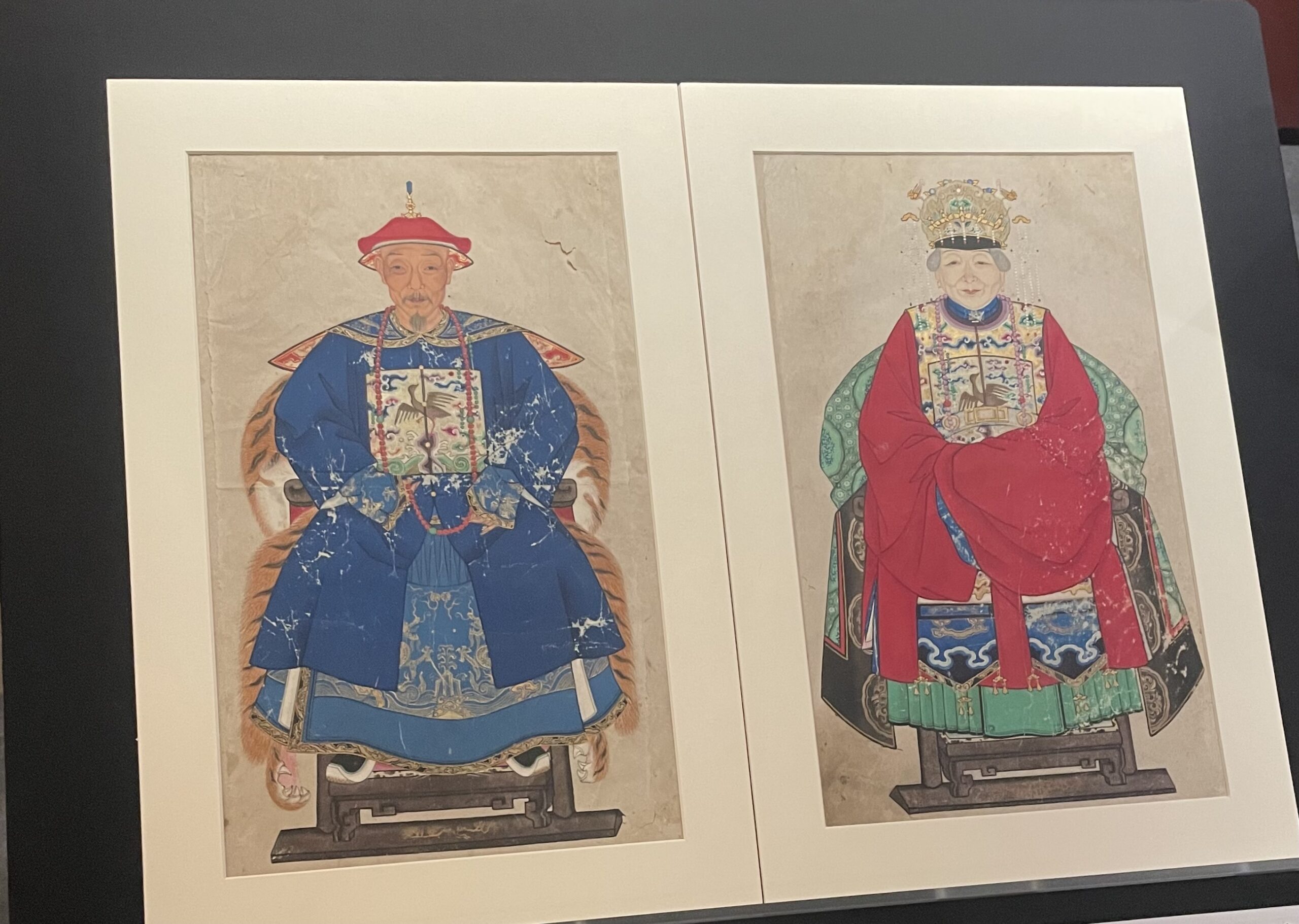
ink and colour on paper
On Loan from the Royal Ontario Museum, 950.100.485 & 950.100.480
The Birds & Beasts exhibit showcases the intricate design and meaning behind the rank badges that civil and military officials wore during the Qing dynasty. The dozens of badges, along with the artwork that shows what they would have looked like on clothing, demonstrates the complexities of the uniforms and the ranks during this historical period. Chueh’s curation of the exhibit brings these aspects to life in an educational and visually appealing way.
The Birds & Beasts exhibit is being featured at the U of A Museums Gallery A in the Telus International Centre until June 28. There are also a number of programs and events taking place alongside the exhibit.

